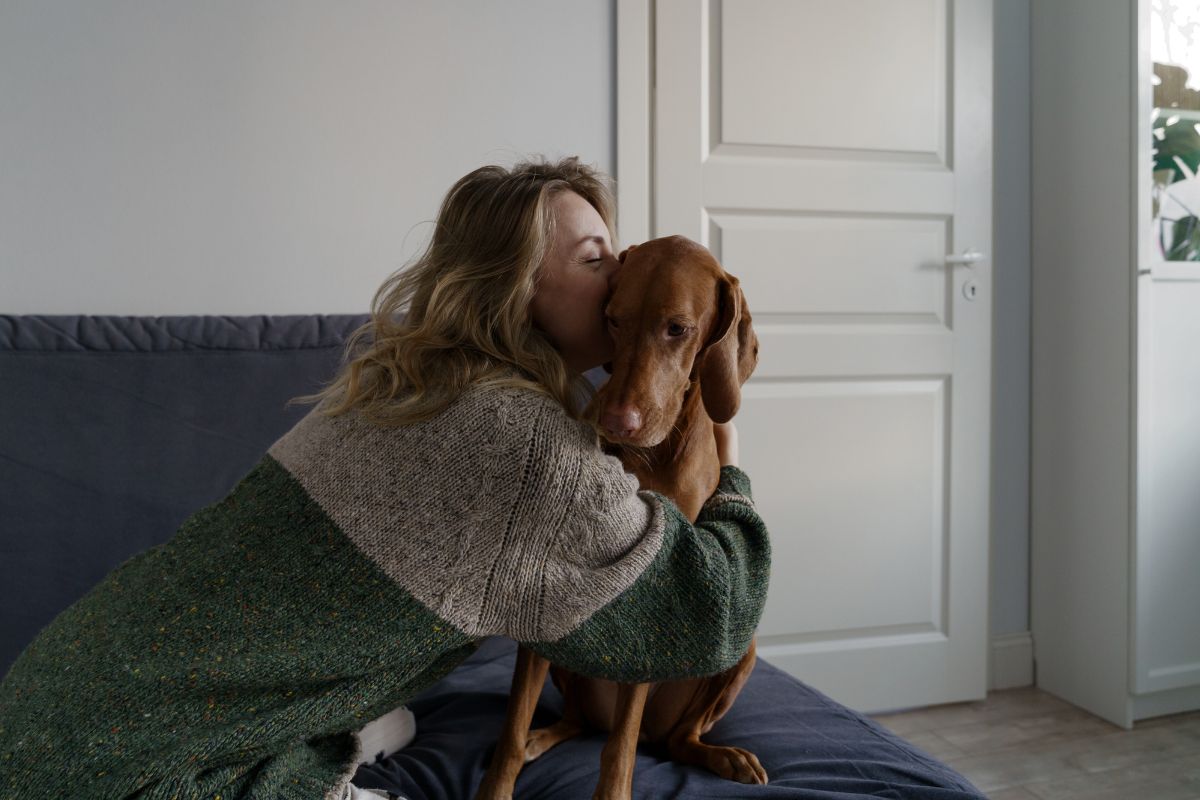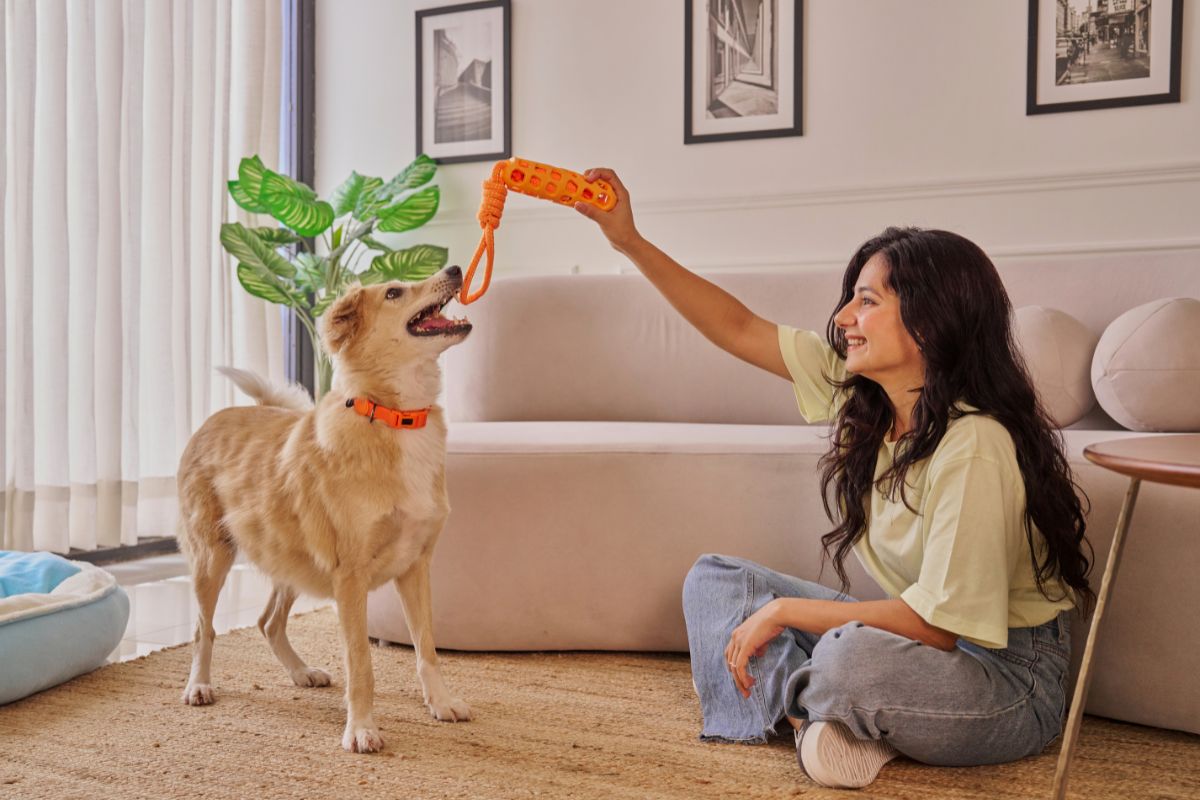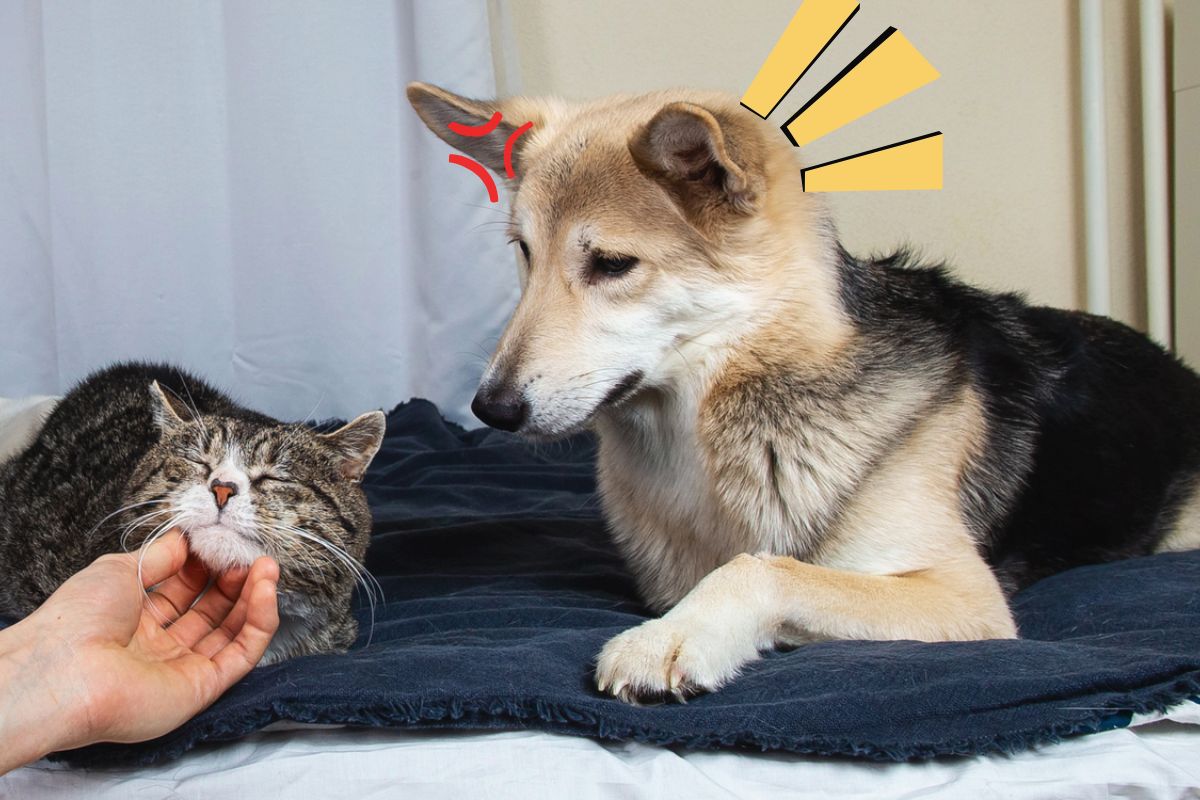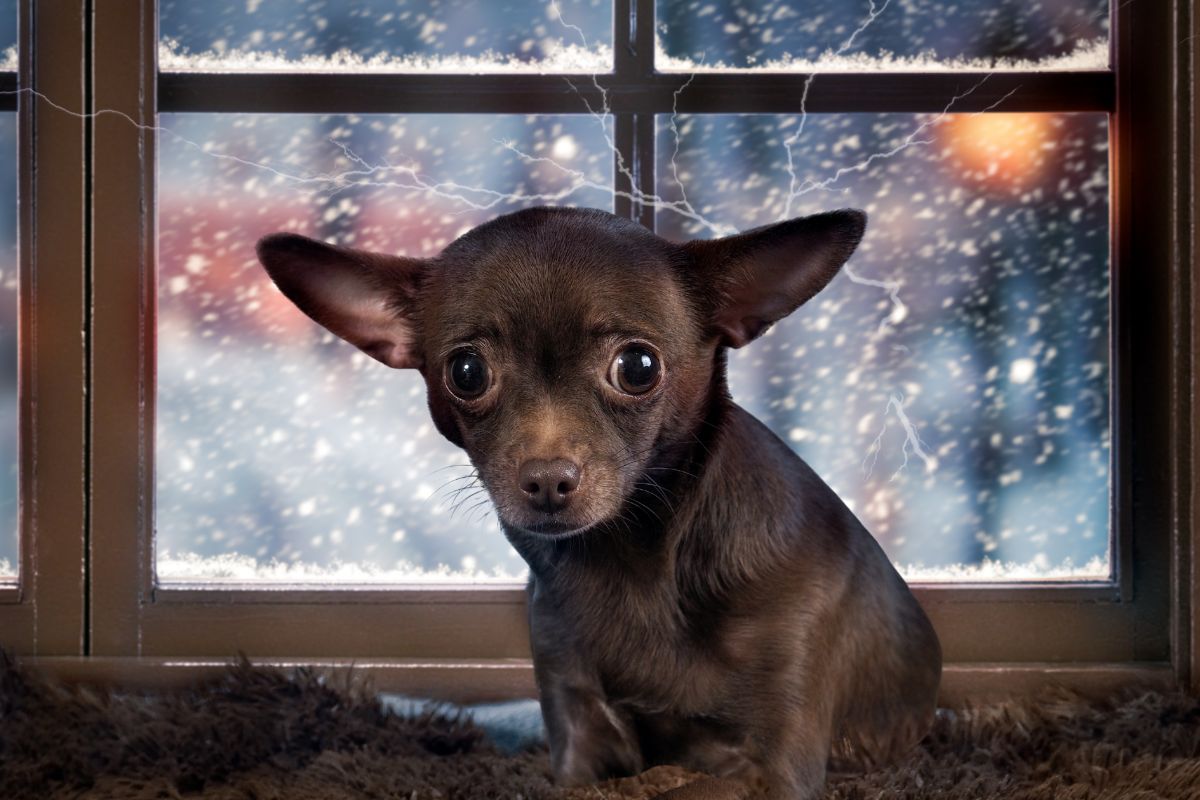Many dogs panic when they hear fireworks, thunder, or sudden loud sounds: they tremble, hide in corners, pant, and may even try to escape. Without the right intervention, this fear can worsen over time, affecting sleep, digestion, and overall quality of life. This article lays out a clear roadmap focused on three pillars—immediate response, long-term training, and supportive nutrition/care—to help your dog stay calmer through each fireworks season and thunderstorm
Signs that a dog is afraid of fireworks, thunder, and loud noises
Common reactions include trembling, whimpering, repeated lip-licking, clinging to people, restlessness, drooling, and rapid breathing. In severe cases, dogs may scratch doors, urinate in the house, retch, or attempt to climb over windows and fences to escape. If these behaviors recur after each fireworks/thunder event and persist even after the noise has stopped, it’s a sign you need a structured plan.
Causes of noise sensitivity in dogs
Dogs’ hearing is far more sensitive than humans’, so sudden explosions are easily interpreted by the brain as threats. During storms, lightning flashes, rattling windows, shifts in air pressure, and the distinctive pre-rain smell all add to the sensory load. Poor sound socialization during puppyhood, past startle trauma, chronic pain (joints, teeth), or age-related cognitive decline can all lower a dog’s tolerance for noise. Some high-alert working breeds also become overwhelmed more easily in chaotic sound environments.
Immediate response while the noise is happening
The goals are safety, reduced stimulation, and “anchoring” calm. Move your dog to the quietest room, draw the curtains, close windows, and wedge towels in door gaps to limit echo and drafts. If your dog is crate-trained, drape a light cloth over the crate to create a den-like feel while keeping airflow. Play gentle background sound—fan noise, rain sounds, or soft music—just loud enough to mask the bangs; avoid turning it up too high.
Keep your voice low and slow, and keep your body language relaxed. If your dog seeks contact, let them lean on you; avoid holding them tightly if they want to move away, as feeling “trapped” can increase stress. Redirect with a soft chew, a food-stuffed toy, or a few minutes of scent work on a snuffle mat to slow breathing and reduce agitation.

Four-step training plan for lasting calm
Step 1 – Build a calm baseline: establish a predictable routine (set times for meals, exercise, and sleep) and add 10–15 minutes of daily scent games/foraging to release mental energy. Dogs with stable routines learn faster and react less intensely.
Step 2 – Gradual desensitization: play recordings of thunder/fireworks at a very low volume while your dog is relaxed or eating. If they remain calm, increase the volume one small notch per day/week; if you see worry (frequent yawning, tucked tail, persistent lip-licking), step back one notch. Keep sessions short (3–5 minutes) and end while your dog is still calm.
Step 3 – Counter-conditioning: whenever the sound occurs (even quietly), deliver a “top-tier” reward, then stop. Repeat many short sessions so the brain starts to associate the sound with something pleasant. Avoid long sessions that lead to fatigue or boredom.
Step 4 – Generalize contexts: once your dog is stable in one room, vary the time of day, switch rooms, and add low-level everyday noises (chair scraping, door knocks). Only increase difficulty after 2–3 consecutive calm sessions.

Safety notes before New Year’s Eve and during storms
On high-risk days (holidays, evenings with storms), take your dog out to toilet and exercise earlier to release energy. Check collar fit, leash security, and ID tag/microchip details; close windows, draw curtains to reduce flashes, and prepare a quiet room with familiar bedding, favorite chews, and gentle background sound. Don’t take your dog to crowded areas or near firework launch sites—these are high-risk settings for panic and accidents.
Prolonged stress often upsets digestion—loss of appetite, gas, or loose stools. A healthy gut, in turn, supports emotional stability via the gut–brain axis. Maintain an easily digestible, balanced diet with soluble fiber and prebiotics, feed on schedule, and ensure constant access to fresh water. During sensitive periods, you can consider a digestive-support formula for dogs such as Vet’s Selection Digestive Care for Dog to help stabilize digestion; transition gradually over 5–7 days to avoid disturbances.
Fear of fireworks, thunder, and loud noises is common in dogs but can be managed effectively by combining: correct immediate response, a desensitization + counter-conditioning training plan, and supportive nutrition/care. Patience, consistency, and respecting each dog’s threshold are the keys to helping your companion stay calmer and safer through every fireworks show and storm.


 Vietnamese
Vietnamese  日本語
日本語  English
English 



